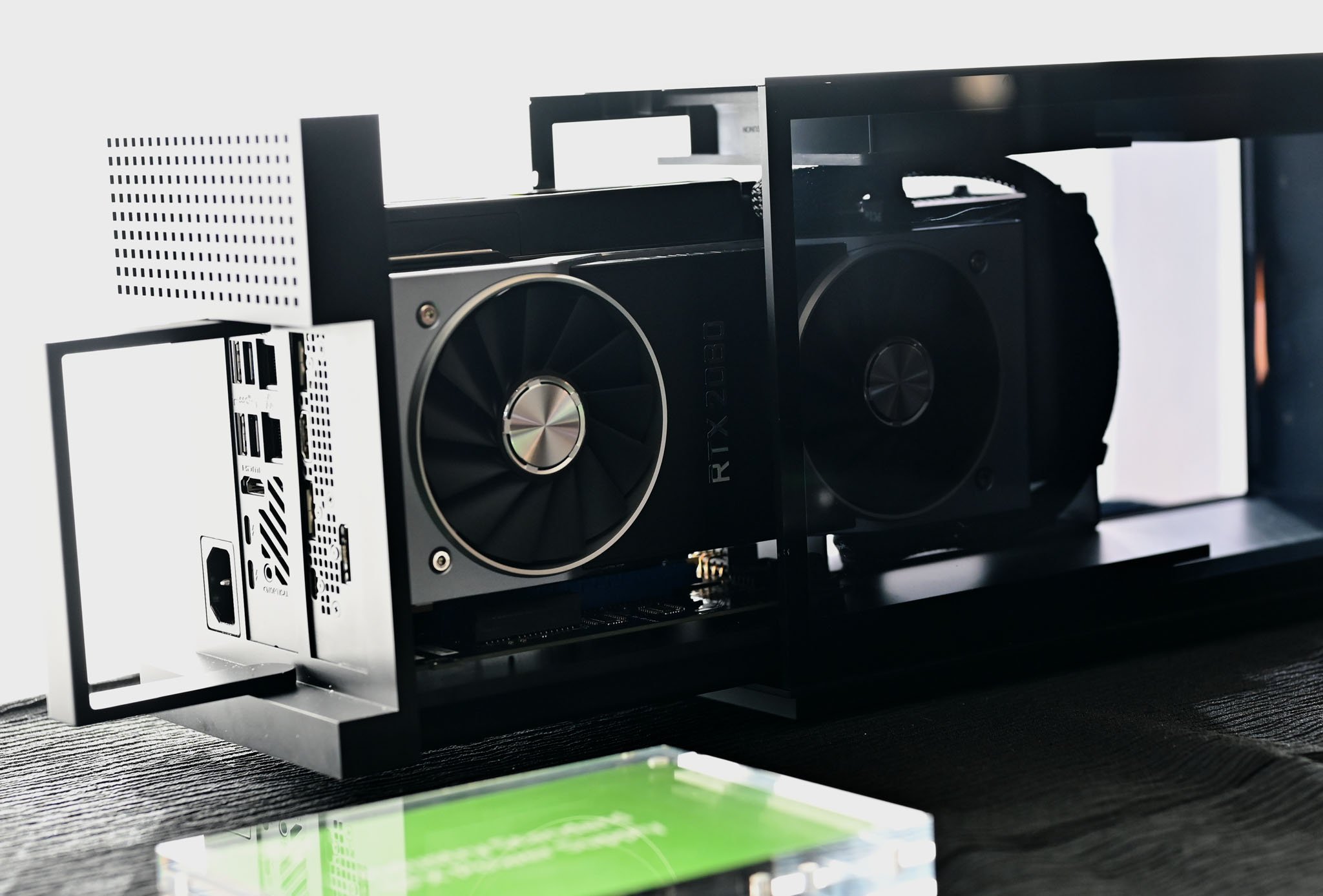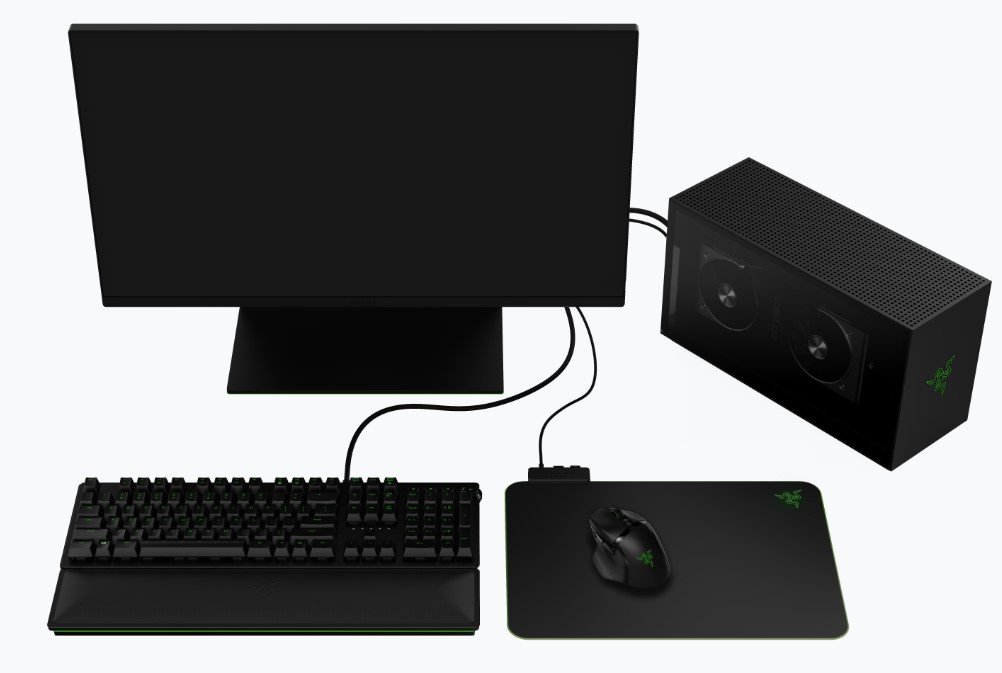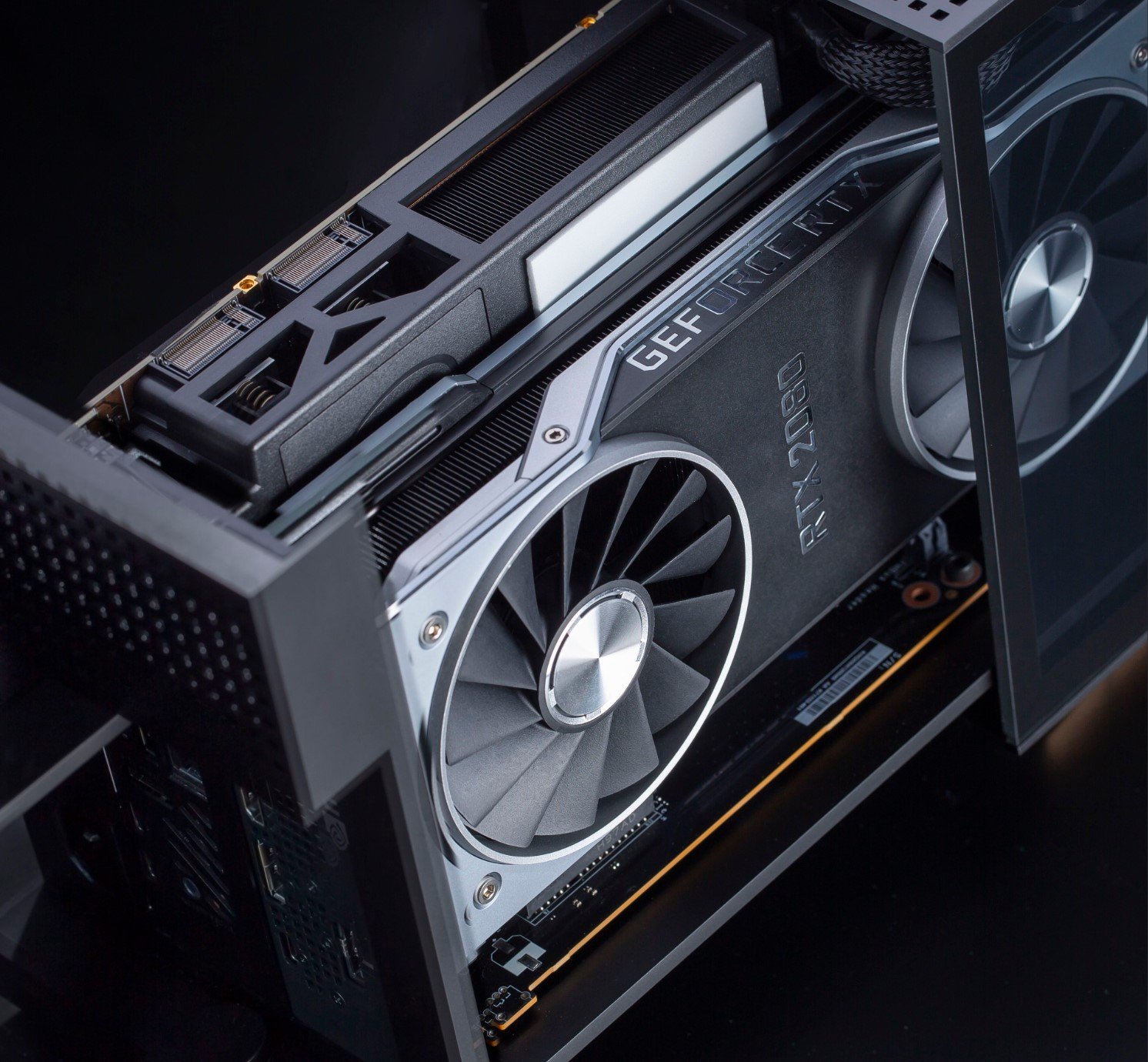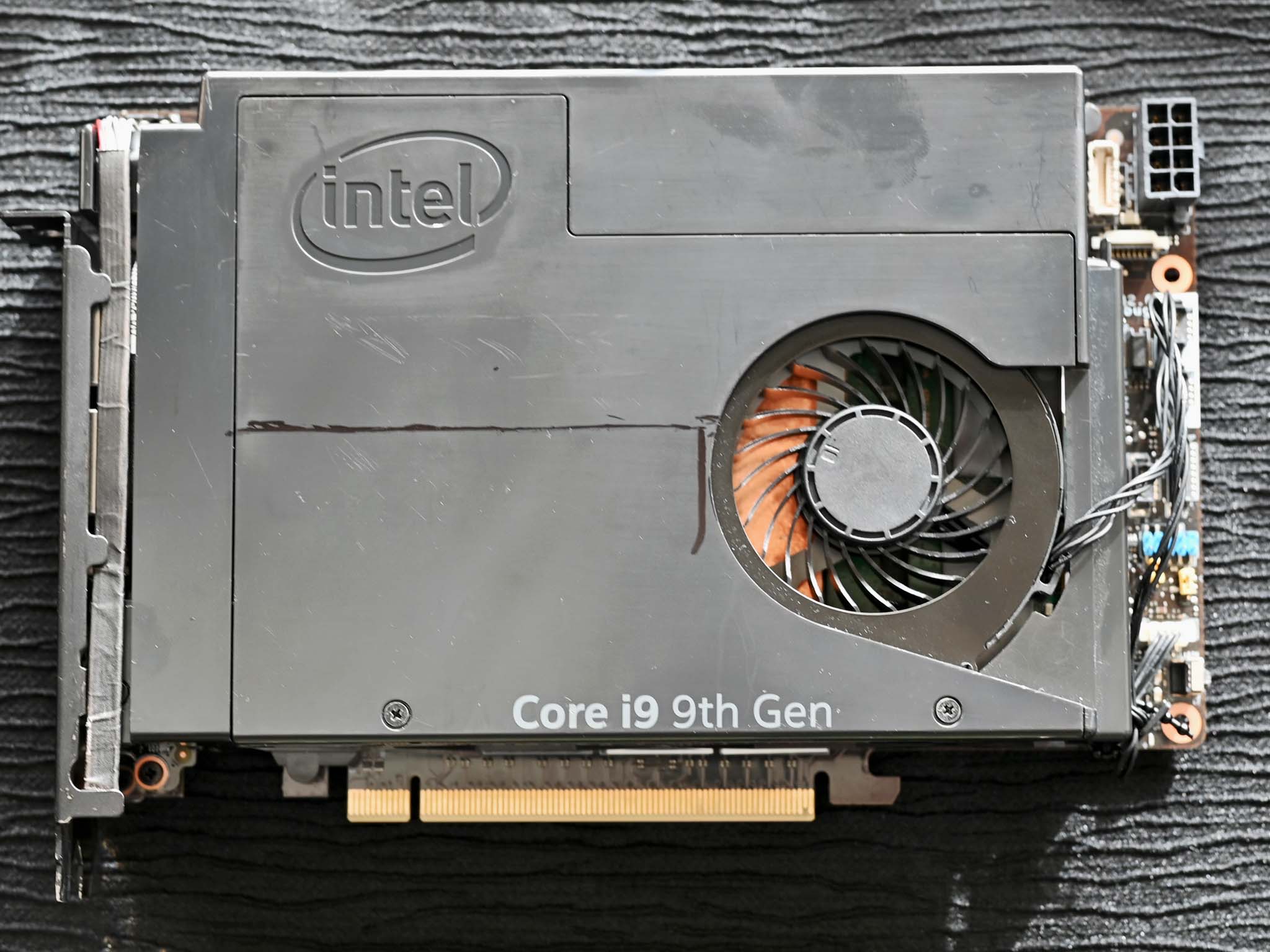CES 2020: Razer Tomahawk + Intel NUC 9 Extreme = tiny gaming glory
Up to a Core i9 and RTX 2080 graphics can now fit into one of the littlest computers around



For years, Intel's Next Unit of Computing (NUC) barebones PC systems have intrigued rig builders and those itching for small but powerful PCs. Still, the lack of serious graphics power kept them from being adopted by more hardcore audiences. That's about to change with the Razer Tomahawk due in the first half of 2020.
Based on Intel's latest NUC 9 Extreme Compute Element and Razer's polish for hardware and PC case design, the Tomahawk can be configured to a ridiculous level to satisfy any gamer – especially if desktop real estate is a concern.


The case itself, dubbed Razer Tomahawk N1, is built from an all-aluminum body that is flanked by tempered glass on both sides. Venting on the top with dual fans keeps airflow moving and core components cool even under heavy duress. It's very reminiscent of Razer's Core line of external GPUs (eGPU).
The NUC 9 Extreme Compute Element slides in and out of the Tomahawk N1 with a grab handle and requires no external hardware or tools for disassembly.
Hardware configuration is no joke, either. The Tomahawk can be arranged with up to a Core i9 processor, 64GB of DDR4 RAM, and an NVIDIA GeForce RTX 2080 Super GPU, one of our best graphics card picks. Razer also notes that the RAM and SSD modules of the NUC card are user-upgradable, as are the fans.


And since the GPU slides into the NUC like any proper ATX case, users can easily swap out their graphics card in just seconds.
No pricing for the Tomahawk was announced, but availability will be sometime in the first half of 2020. Razer is going to sell both prefabbed systems with the Intel NUC 9 Extreme Compute Element to end-users, but pros can also just by the Tomahawk N1 case if they want to go it alone.
All the latest news, reviews, and guides for Windows and Xbox diehards.
Quick analysis

NUC's have always been exciting devices, especially when you compare them to the Apple Mac mini. But like many tiny systems, the poor graphics failed to win over the more pro audiences who had big ideas for such systems.
With the Intel NUC 9 Extreme Compute Element and Razer's finesse for clean, minimalist hardware, consumers can finally create weird and powerful tiny PCs that take up little space. Indeed, users can pair two together for heavy video loads, or even offloading game streaming from their primary PC.
Unfortunately, while such systems are going to be fascinating to watch, they likely won't be very cheap either. Still, it's at least now a fun space to watch as we're sure the builder community will do a lot with such systems.

Daniel Rubino is the Editor-in-chief of Windows Central. He is also the head reviewer, podcast co-host, and analyst. He has been covering Microsoft since 2007 when this site was called WMExperts (and later Windows Phone Central). His interests include Windows, laptops, next-gen computing, and wearable tech. He has reviewed laptops for over 10 years and is particularly fond of 2-in-1 convertibles, Arm64 processors, new form factors, and thin-and-light PCs. Before all this tech stuff, he worked on a Ph.D. in linguistics, performed polysomnographs in NYC, and was a motion-picture operator for 17 years.
